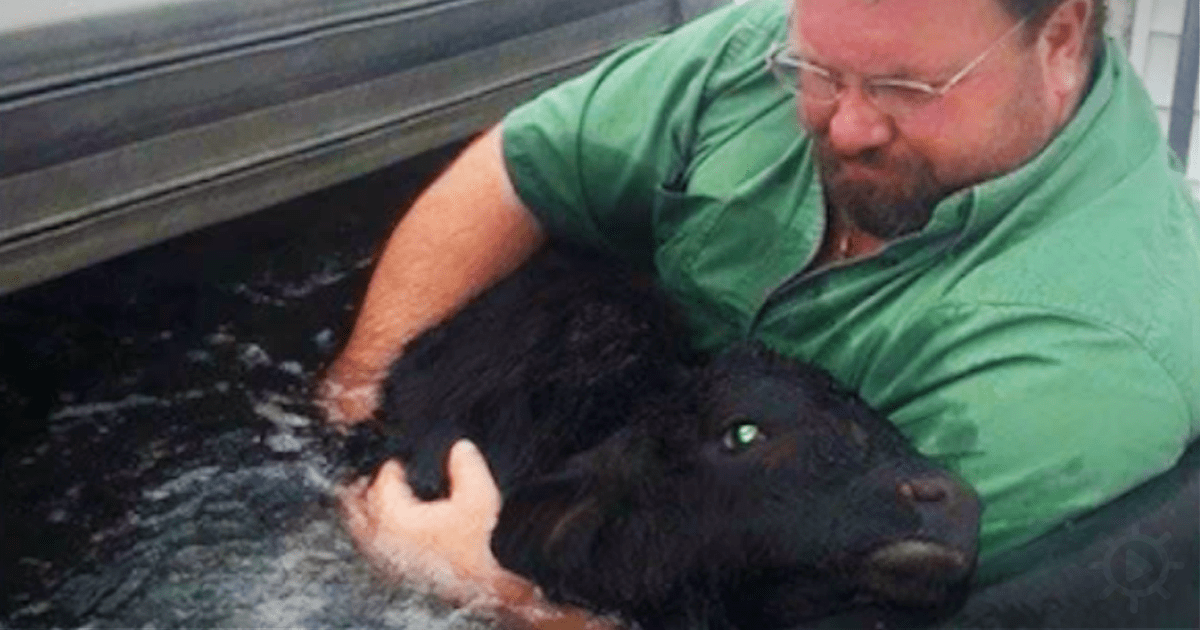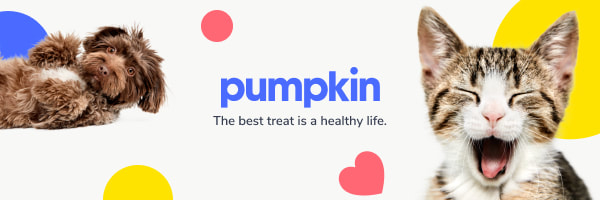|
This week will bring incredibly frigid temperatures to south central South Dakota. With calving already started it's time to make sure you are prepared to warm that new born calf up.
Firstly every rancher should have a thermometer in their pocket this time of year. Making a decision on how to manage a chilled calf means you need to know its temperature. The normal temperature of a calf is between 101.5 and 102.5 degrees Fahrenheit. If their temperature is below 101.5 you need to intervene. So, if the calf has a temperature below 101.5 but above 99 degrees Fahrenheit you need to do the following:
If the calf has a temperature below 100 when you feed colostrum, absorption will be limited. This will affect their immune system for life. A cold calf will also have slow digestion which greatly increases the chance of bad bacteria, like clostridium, proliferating in the intestine. This is why it is vital to make sure the calf is warm enough before you feed it. Don't use colostrum to "warm the calf up". If the calf has a temperature below 99 degrees Fahrenheit you will need to do the following:
When the body temperature of a calf falls below 99 degrees Fahrenheit the calf stops sending blood to their skin and extremities, (vasoconstricts). The reason they do this is to is to ensure blood is getting to the internal organs. This means that simply putting a calf with a core temperature below 99 in a hot box, or near a heater wont increase its body temperature. Bathing in a hot water bath encourages blood vessels to return to the skin and extremities (vasodilation). This then allows the hot air method to work. Bathing and drying off a calf can remove the mother's scent. It is important that special attention be paid to this calf, once returned to the dam, to make sure mothering up occurs. Once the calf is dry, had colostrum and has been seen to nurse it can return outside. These cold temperatures are tough on us as well as cattle. Remember Animal Clinic Ltd. is always here to help with any of your calving questions.
0 Comments
|
Details
AuthorThis blog is regularly updated by veterinarians at Animal Clinic Ltd. ArchivesCategories |
|
Helpful Info
|
Clinic Hours
Monday thru Friday
8AM to 5.30PM Saturday 8AM to 12PM Veterinarian available for emergencies after hours call 605.842.1854 |
Get In Touch
31715 US Highway 18
Winner, SD 57580 Phone: 605.842.1854 |
Our Partners In Care
|
Site powered by Weebly. Managed by IDEXX Laboratories

 RSS Feed
RSS Feed


